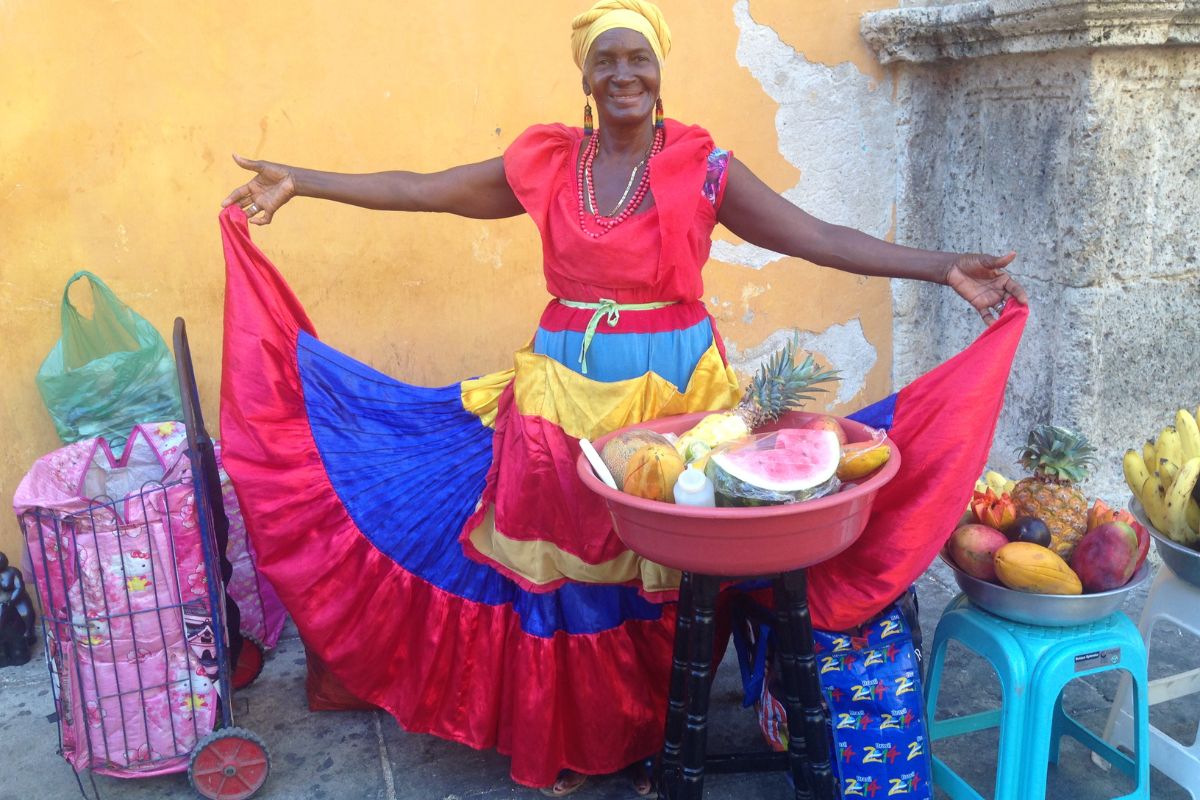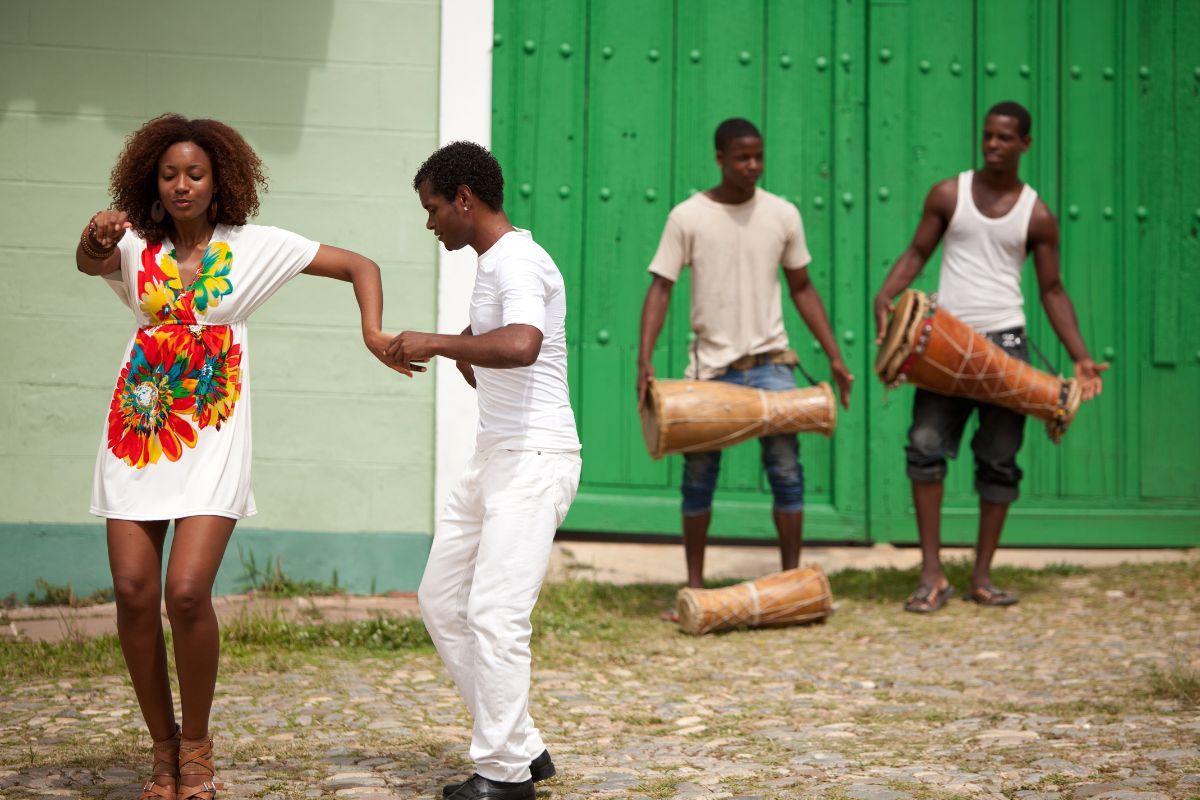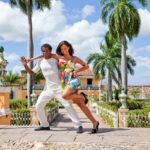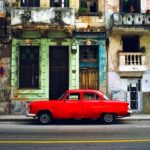In modern times, Cuba has developed a renowned and famous sense of flair and culture that is instantly recognizable.
From the food, to the music, to the language, and even the prevalence and widespread use of classic cars, Cuba has developed a reputation as a complex country, full of passion, revolution, excitement and flavor.

But what exactly are the main cultural phenomena that Cubans hold dear?
History
Once inhabited by the Native Caribbean peoples known as the Taino, Spanish colonization in the 15th century saw the fabric of the country and its surrounding islands change drastically, adopting customs associated with Spain and its culture.
Following the Spanish-American war in 1898, Cuba was occupied as a territory of the United States, which it remained until 1902, when it became a somewhat independent protectorate of the United States.
As the country tried to develop its democratic system in 1940, this inadvertently led to the coup and long term dictatorship of Fulgencio Batista from 1952-1959, when the 26th July Movement resulted in a communist regime under Fidel Castro, who remained in power until 2008, when his brother Raul Castro took power.
As of 2022, Cuba, and the associated islands and archipelagos remain governed by the Communist party, under the leadership of Miguel Diaz-Canel.
Cuban Culture
It is important to understand that Cuban culture is a culmination of many different cultures, including the native Taino peoples of the Caribbean, the Spanish, the European settlers, and Africans residing in the region throughout its modern history.
Cuisine
Traditional Cuban cuisine is a combination of Spanish and Caribbean styles, and consists of anything from plantains, black beans, rice, shredded beef, Cuban bread, pork with onions, and the tropical fruits found on the islands.
Spanish preparation techniques were established into modern tradition, as were the flavor palettes and spiciness of the foods from African and Caribbean cultures.
Literature
As could be expected from the widespread political strife the country has historically experienced, Cuban literature found its distinct voice in the early 19th century.
Dominated by prominent themes of independence and freedom, literature became an important form of social protest, with writers such as Nicolas Guillen, Jose Z. Tallet, Dulce Maria Loynaz, and Jose Lezama Lima.
Themes of magical realism have also been prevalent in Cuban fiction – focusing on gritty realism with fantastical elements included.
Music
When many people think of Cuba, one of the first things that comes to mind is music.
Cuban music is richly influenced by the passionate musical traditions of Spain, and is centered around a central musical genre of son cubano, related to mambo, cha-cha-cha, and salsa music.
Elements of the African and Caribbean music styles entered Cuban music in the 19th century, especially through music styles like Rumba, which blended the two.
Widely praised throughout the world for its beauty, complexity, and beat, Cuban music has remained somewhat classical for much of the 20th century, later influenced greatly during the 1970s and 80s, when elements of reggae and hip-hop were intermixed, leading to the rising popularity of the reggaeton – a widely controversial genre lorded by younger people.
Dance
Of course, with Cuban music comes Cuban dancing, widely influenced by the flamboyant, passionate styles from Spanish culture.
The most popular style is salsa dancing, as well as the cha-cha-cha, the Cuban bolero, concert dance, and Danzon.
Much of Cuban dancing promotes free movement of the body combined with control and speed, something which contrasts with the stiffer, regimented traditional British and American dancing during the 19th and early 20th centuries.

Sport
The most popular sport in Cuba is baseball, something undoubtedly influenced by its turbulent, yet close relationship with the United States.
Because of this relationship, classically Latin sports, such as soccer, are not popular, with Cubans instead favoring more American sporting pastimes.
Volleyball, athletics, boxing, wrestling, basketball, and watersports are all popular choices in Cuba, as are the widely associated sports of the Olympic games, within which Cuba enters a team.
Cuban Societal Culture
Of course, there are other beliefs and practices that are woven into Cuban society.
These range from religious beliefs, education, worker’s rights, equality, immigration, and healthcare, and are all influenced by a combination of the wide cultural influences on the country, as well as the influence of Communism.
Religion
Despite the long shadow Communism casts over the country and its history, many different religions are freely practiced in the country.
Whilst the majority are Christian (59.2%), there are also elements of African Santeria, Judaism, Islam, the Baha’I Faith, as well as atheism and agnosticism.
Roman Catholicism is the most prominent form of Christianity that is practiced, and acts as a remnant of Spanish occupation that is still passionately upheld by the country.
Governmental relaxation on other faiths and religious denominations throughout the 1990s and early 2000s also led to a rise in the popularity of pentecostalism.
Education
Cuba also has a number of established, well-respected universities, including the University of Havana, which was founded in 1728.
When Castro came into power, he banned private institutions, and made education state-controlled and uniform across the board, improving literacy throughout the country, and in a sense balancing the accessibility of education amongst all citizens.
Cuba now has the tenth highest level of literacy, thanks in part to the availability of free education to citizens of all levels and backgrounds.
Healthcare
Following the revolution and the implementation of Communist rule, healthcare throughout Cuba became free to all citizens, and the life expectancy has remained around 79 years in males, and 82 years in females.
Cuba has also made countless medical breakthroughs and advancements since the 19th century, and despite the country’s health dropping significantly following the revolution, when around 6000 doctors fled the island, by the 1980s healthcare had recovered and has been widely praised by global bodies for its efficacy and implementation.
Immigration/Emigration
It goes without saying that the country wouldn’t be what it is without immigration and emigration.
In terms of immigration, people from the Canary Islands, Catalonia, Andaluse, Spain, Portugal, the Netherlands, Russia, Italy, Greece, Britain, and Ireland have all settled in Cuba, influencing the culture and the way of the country in many different ways.
In the latter part of the 20th century and the early 21st century, Cuba has remained a popular tourist destination for people from all over the world.
Emigration has always been complicated for Cuban nationals, made harder by the fact that prior to 2013, they couldn’t emigrate or visit another country without permission from the government and a sufficient reason for doing so.
Many requests were often denied, leading to widespread illegal travel across the ocean to America, Mexico, and South America on makeshift rafts and boats.
Final Thoughts
And there we have it, everything you need to know about the culture of Cuba, and the history surrounding its great traditions and practices.
The only thing left is to experience it yourself – just remember to do your research, follow the guidelines provided by your travel agent, and remember to have fun in this vibrant and rich country!
- What Is The Largest Island In Cuba? - September 19, 2022
- Havana – Why Is It Cuba’s Most Exciting City? - September 19, 2022
- Cheapest Time To Visit Cuba (Ultimate Guide) - September 19, 2022








